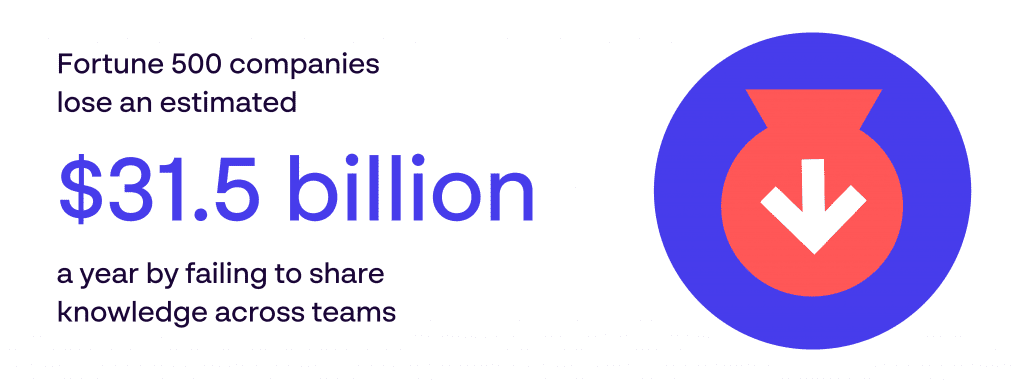Without the big budgets and limitless resources of their global counterparts, smaller brands have to get a little more creative to make a name for themselves.
Traditionally, small businesses have looked up to big brands and industry leaders for inspiration on processes, productivity and creativity. However, with faster decision making and less approval stages, small brands actually have many hidden advantages. When time is of the essence, they can use their speed and agility to achieve big results in a relatively short time frame.
What are the key differences between small and large retailers?
Aside from the obvious larger workforce and bigger budgets, there are a number of other differences between the inner workings of large organisations compared with small businesses.
Leadership
Larger organisations tend to have more complex management layers than their smaller counterparts. Closer relationships are able to be formed between business owners, managers and employees within a micro-enterprise.
More direct communication makes it easier for employees to interact with key decision-makers, as they are more likely to be interacting on a daily basis.
In small businesses, leadership generally has a more obvious impact on a brand’s core values as they are often created in line with the personalities and aspirations of those who run them.
Structure
Due to the more cautious nature of large companies, ideas need to be signed off by committees, sub-committees and other managerial higher-ups before they see the light of day. While key stakeholder approval is vital, bureaucracy and hierarchy can get in the way of responding to consumer demands ahead of the competition. As small businesses are usually independent, this is not often a challenge for them.
Siloing
Teams within larger businesses are able to specialise in specific areas due to the larger workforce. However, a heavy reliance on this approach can leave siloed employees unaware of what other teams are doing and what’s going on in the wider business.
This is much less of a problem for smaller organisations as the actions of individual employees tend to have a much more noticeable impact on the business.

Brand perception
Having strong associations with a brand is inherently a good thing for ingraining your company’s products in the minds of consumers. However, years of brand awareness can be lost if a retail brand is steered off track, fails to adapt or becomes associated with negative connotations.
Lesser known retailers with a relatively small share of the market are freer to take new opportunities and experiment with new concepts and ideas — whether that’s in their advertising, the adoption of new technology, or the way they work.
6 things large retail brands can learn from small businesses
#1 The personal touch
A vast majority of consumers are disappointed with the lack of personalisation they receive while shopping in-store. On average 71% express some level of frustration when their experience is impersonal.
Small retailers often have a more independent feel to the in-store buying experience, due to their ability to be less uniform than supermarkets and chain stores. Even as retail becomes increasingly digital, small brands are able to bring their personal touch online — with various CRM tools to help them.
For example, with a team of just 36, New York-based ‘Deathwish Coffee’ uses MailChimp to deliver personalised email marketing to a list of over 400,000 recipients, with messages reflecting personal preferences.
In an article by Fast Company, owner of Death Wish Coffee, Michael Brown had this advice to share; “Keep that one-on-one relationship. If you can find tools that help you create that or make it feel that way, it is powerful.”
#2 Don’t let going viral compromise on quality
The most successful viral marketing is usually a complete accident, or at least somewhat unexpected. However, a brand’s immediate response is often what determines whether it has a positive or negative effect.
Small business lesson:
When Pastry Chef and Bakery Owner, Dominique Ansel, infused his French heritage with the classic New York donut, he created what many would describe as a modern-day delicacy.
The resulting ‘Cronut’ was picked up in an article for Grub Street (New York Magazine’s food and restaurant blog), causing traffic to the bakery website to skyrocket by around 300%, with hundreds of people queuing up outside before its 8am opening time.
Because every batch of cronuts took Ansel’s team three days to prepare, they were limited to 350 cronuts per day. Instead of upscaling production at the cost of quality, Ansel focussed on maintaining his traditional baking methods to ensure the cronut secured a permanent place on the menu instead of becoming a short-lived fad.
#3 Embracing micro-influencers
Many smaller companies start their influencer marketing with micro-influencers due to their lower price tag. However, micro-influencers can have a huge impact on big retail brands too.
Small business lesson:
While it may seem counterintuitive to use an influencer with a smaller following than the brand they’re promoting, their audience is more likely to have followed them purely because of their interests. This means that after conducting research into finding the right micro-influencer, you have a more effective platform for reaching a targeted audience.
One growing retail brand who have benefitted from this method is BarkBox — a monthly subscription service for dog toys, treats, and goodies. Instead of looking towards influencers with the biggest following, many of whom may have an affinity with dogs but not necessarily a fan base of dog owners, BarkBox focussed on partnering with Instagram dog influencers who come with a guaranteed following of dog lovers.
#4 Being part of a local community
64% of people in the UK want to support local businesses and buy local products
Both family-run corner shops and multinational corporations can impact local communities in a myriad of ways. However, hidden behind a faceless logo, it’s more difficult for brands to engage with their customers in the same way.
Retail brands can replicate the more human feel of locally-run small businesses with a pivot towards more community-focused advertising such as sponsored posts on community platforms and by looking at how they can build community spirit on a national (or international) scale.
Small business lesson:
British supermarket chain, Morrisons, has made it their priority to source more local produce where possible and aims to reduce the distance that food travels to get to its stores.
Through their ‘Local Foodmakers’ search, Morrisons aims to recruit new local suppliers and ensure that more customers are able to buy products that have been grown, made, picked or packaged within approximately 35 miles of their local store.
#5 Sustainability and product transparency
42% of U.S. and UK consumers say products that use sustainable materials are important in their day-to-day purchasing
With environmental impact influencing buying decisions more than ever before, smaller retailers have benefited from building sustainability into their business model from the ground up. It’s meant that startups have been paving a more sustainable path for larger brands to follow.
One of the key takeouts for big retail brands trying to replicate this approach is to build more transparency into their supply chains, explore new packaging strategies and do more to back up messaging surrounding environmentally friendly products.
Small business lesson:
Sustainable clothing company TALA, has made it their mission to cut the notoriously high energy usage and material wastage associated with the fast-fashion industry.
By partnering with facilities across the globe, TALA makes use of the very best in sustainable technologies, processes and materials. Even the tags on their clothing contain seasonal seeds and are attached with biodegradable hemp twine. This means their customers get a different plant with each tag they grow.
#6 Find the freedom to take risks
Sticking to a tried-and-tested formula may seem like the safest way to ensure that your brand makes an impact. However, there are countless examples of relatively unknown retailers and startups that have become big names overnight because they dared to do things differently.
Small business lesson:
The Dollar Shave Club may have taken male grooming by storm, but its humble beginnings were founded on taking a risk.
At the time Dollar Shave Club started out, 71% of the market share belonged to Procter & Gamble. To most people, competing with this would have seemed unthinkable, or even delusional. But not to Michael Dublin.
With a simple subscription model starting at $2 a month, as well as a marketing video in which he features putting his improv comedy to use, Dublin gave male grooming a new look and claimed 41.6% of the online razor market in just three years.
How global retail brands can gain the agility of small businesses
With Brand Activation Management, BAM by Papirfly™, you can bring thousands of employees closer together. By organising your in-store promotions, briefs and timelines through an intuitive campaign planner, global brands can empower their teams to respond faster to opportunities in their local markets.
